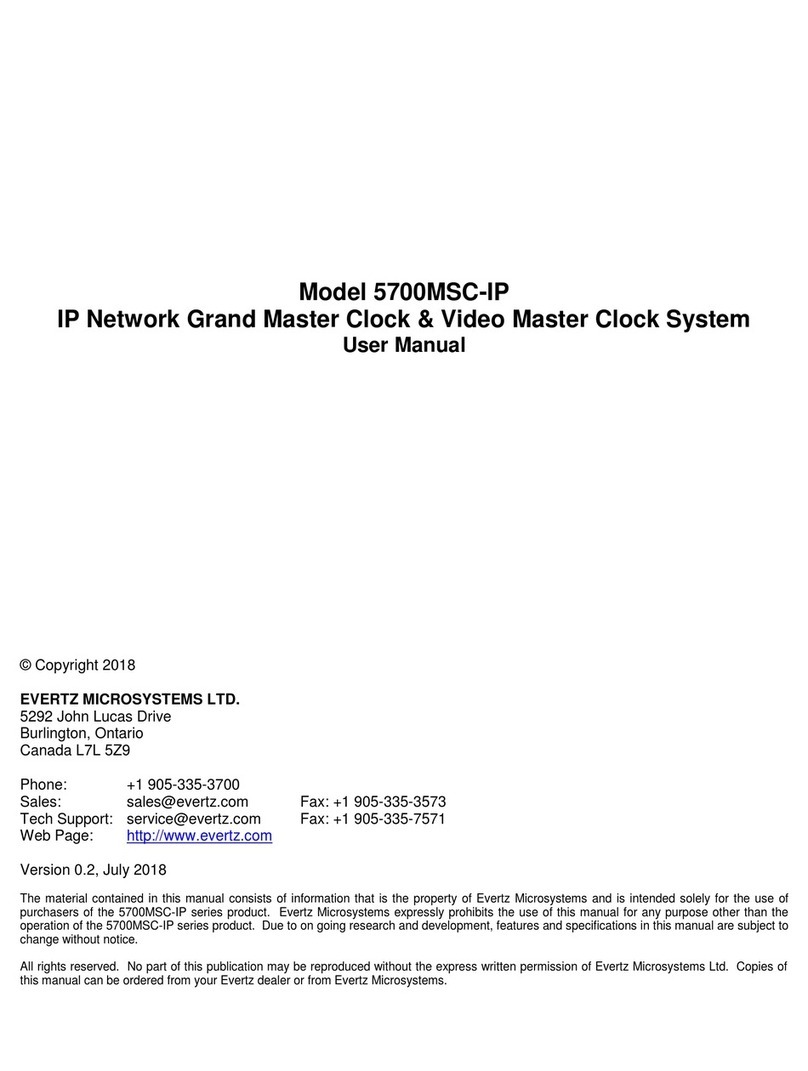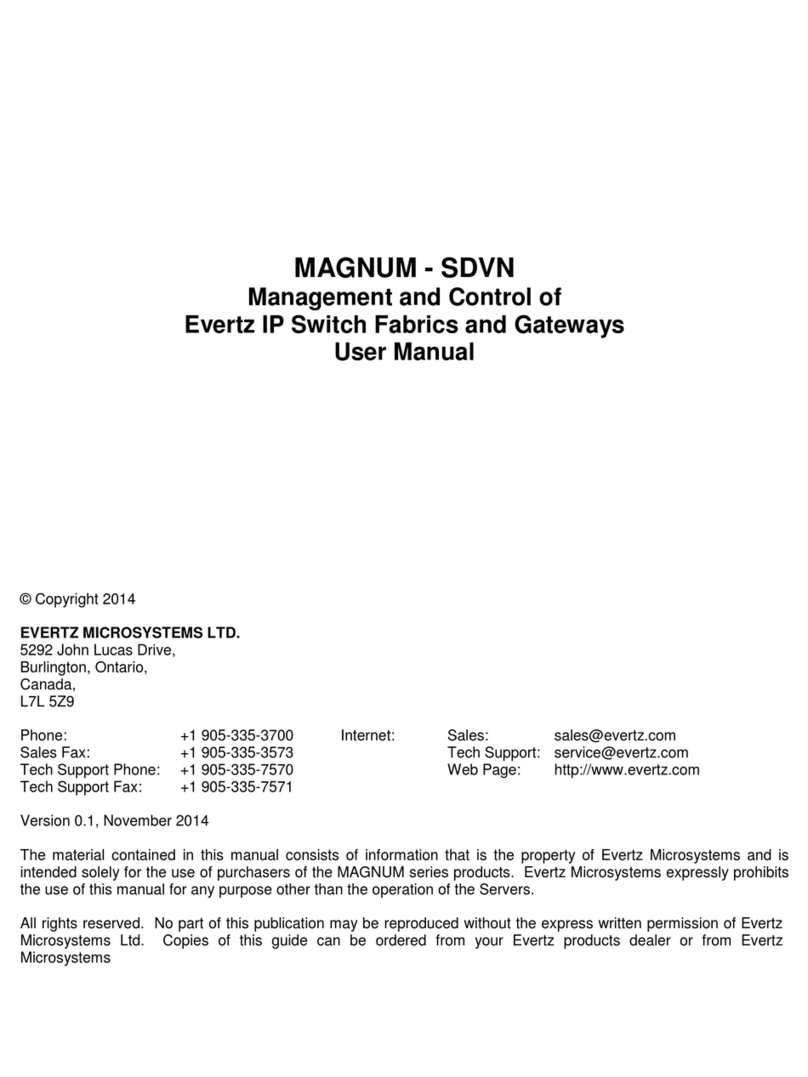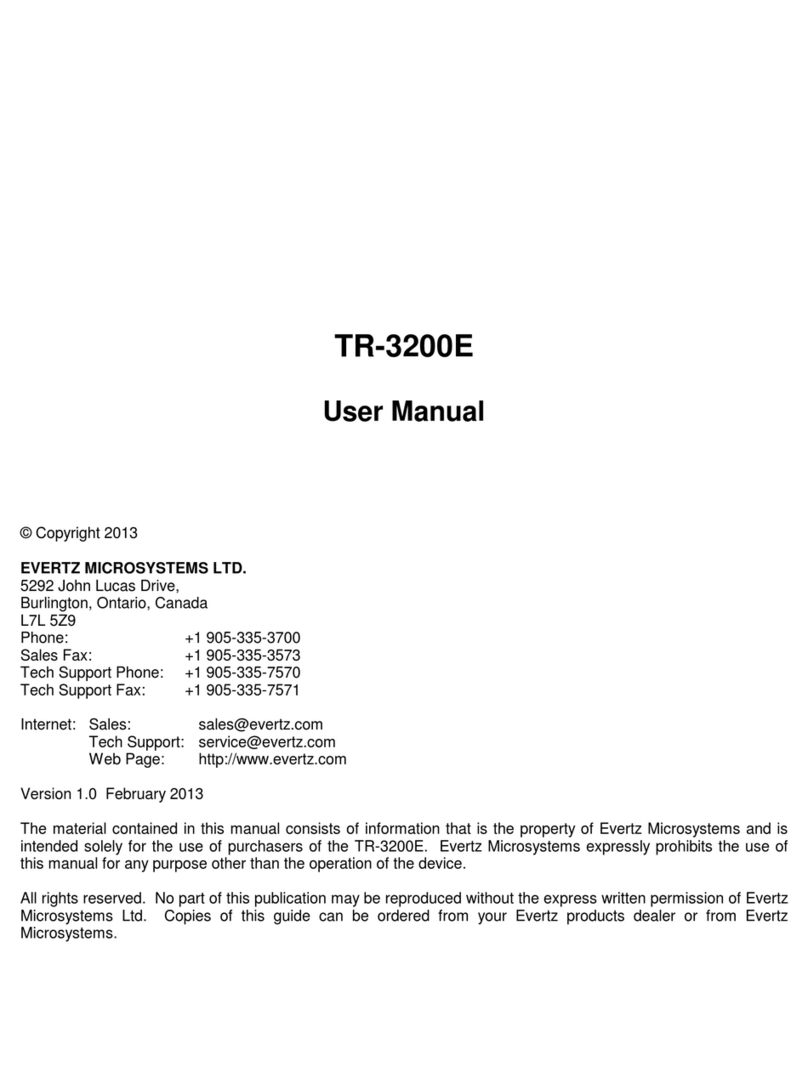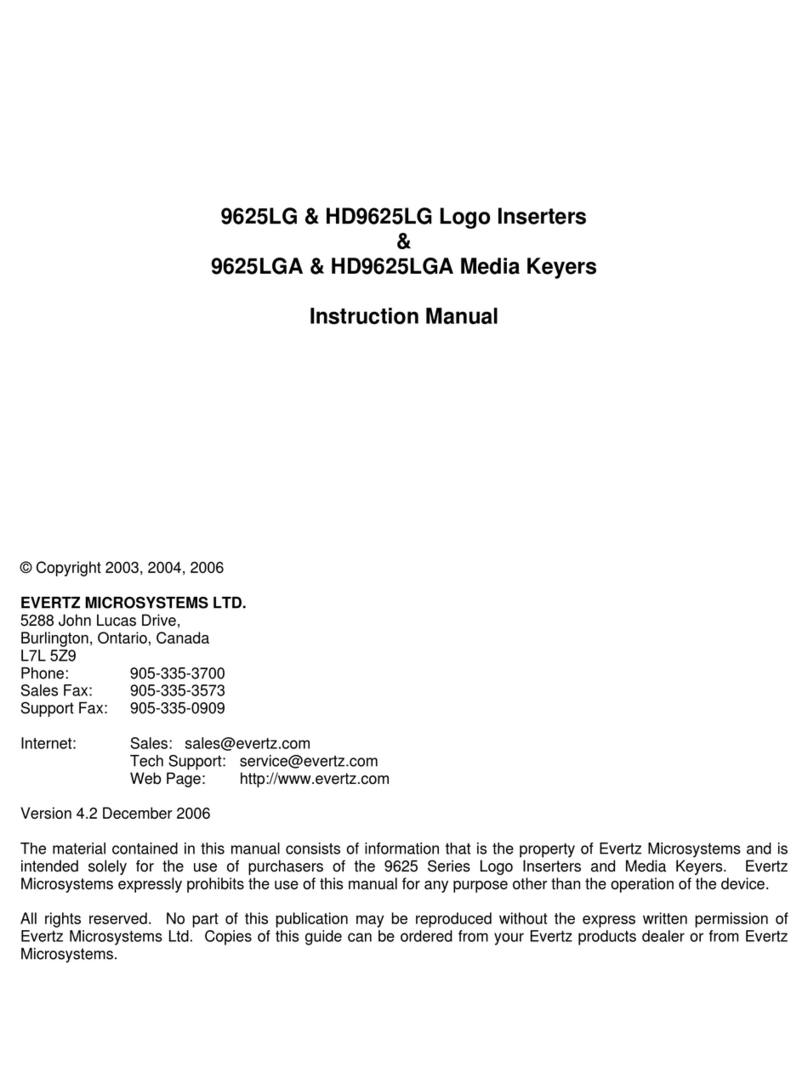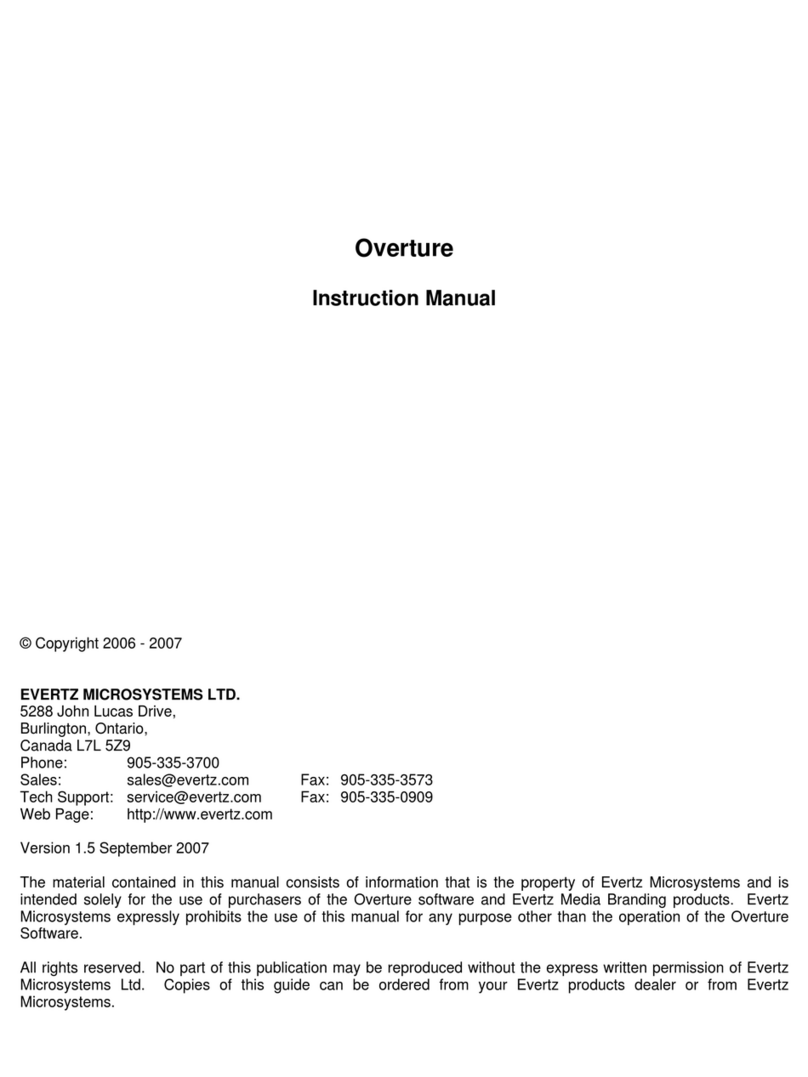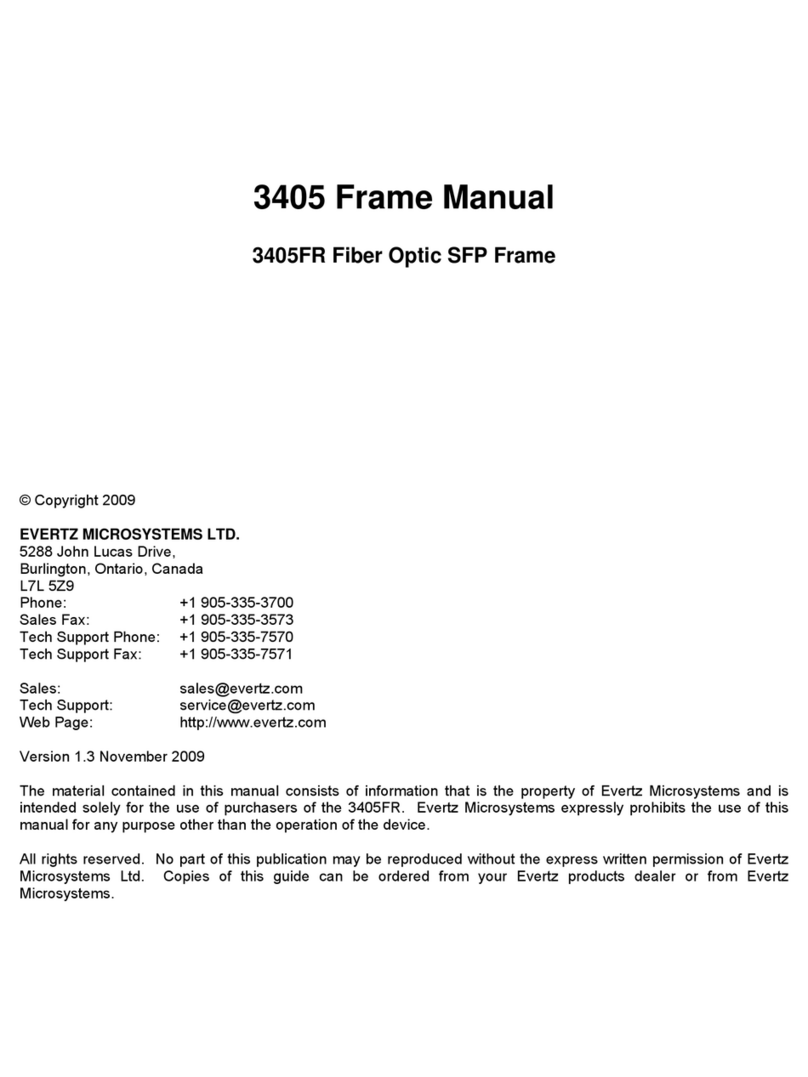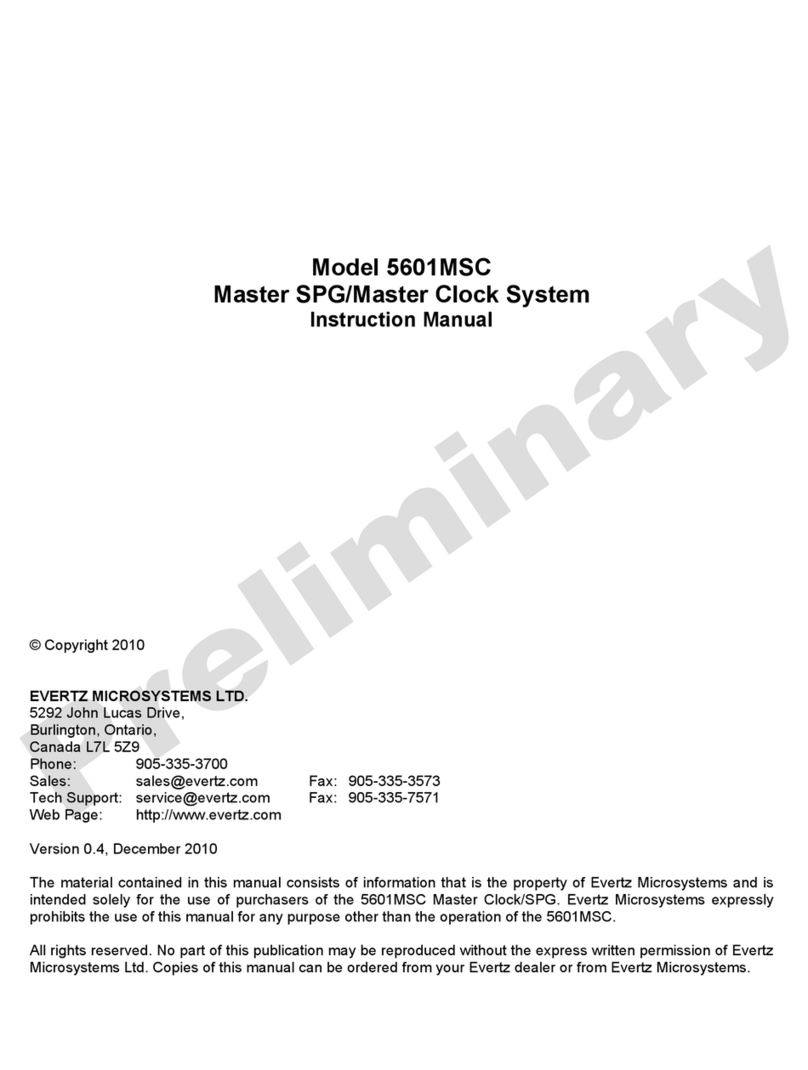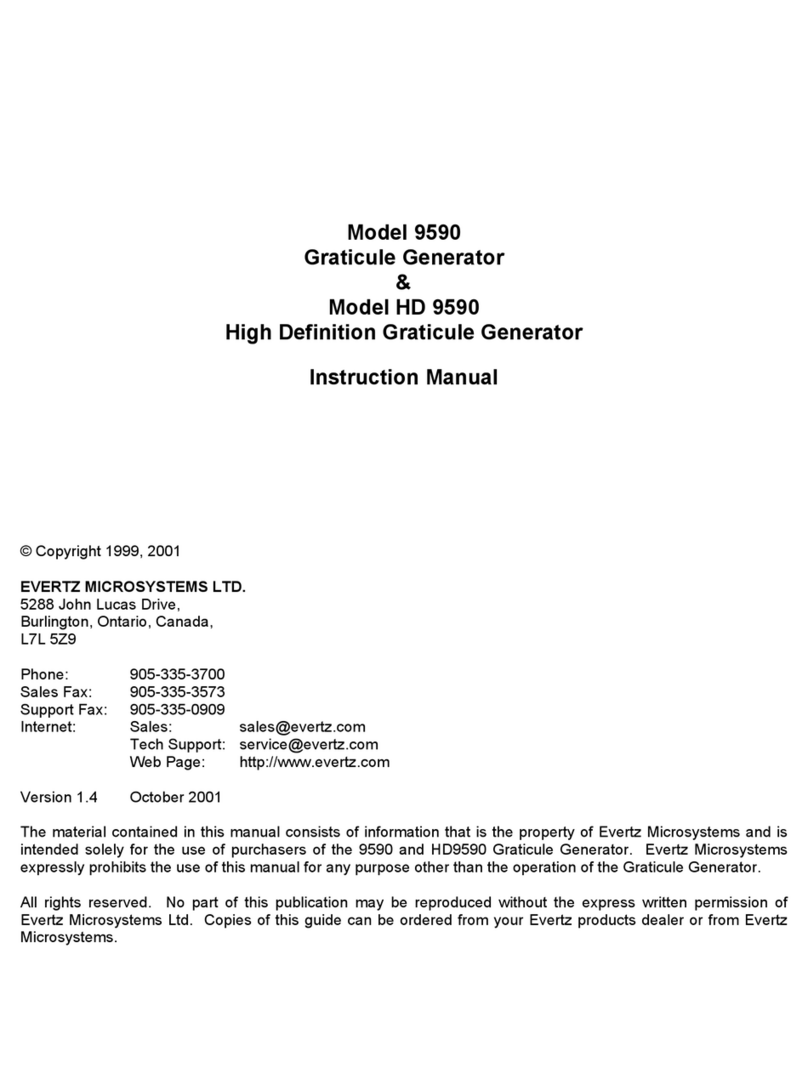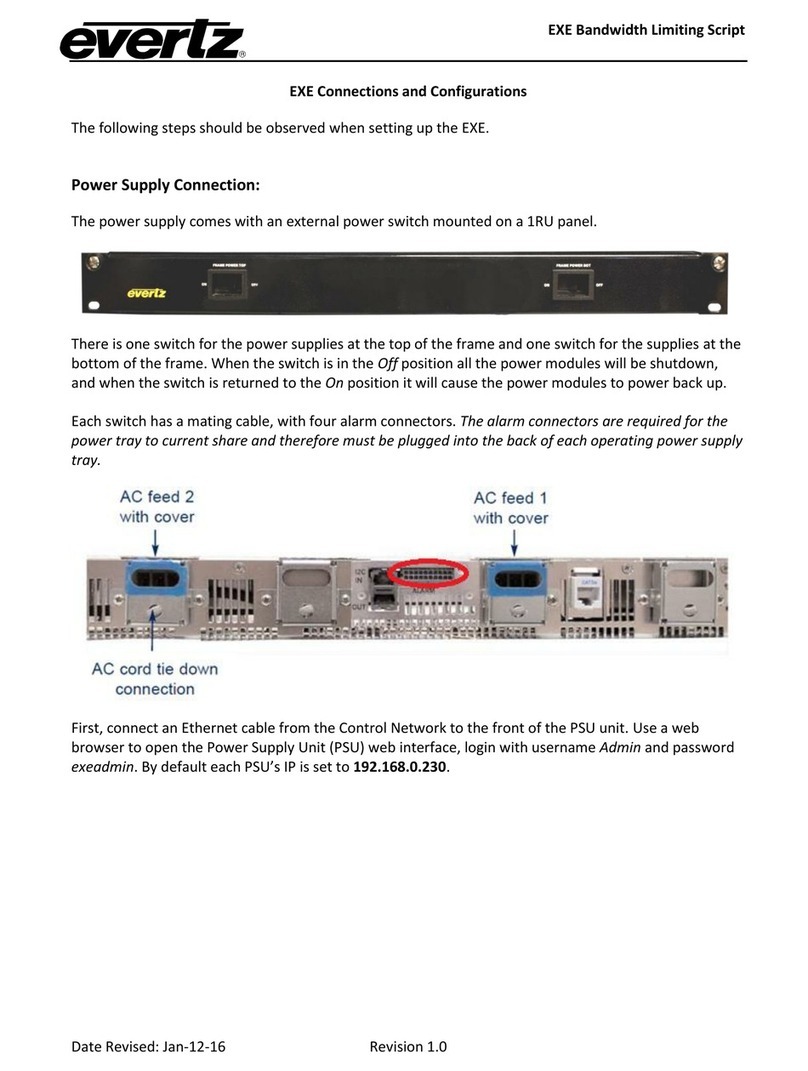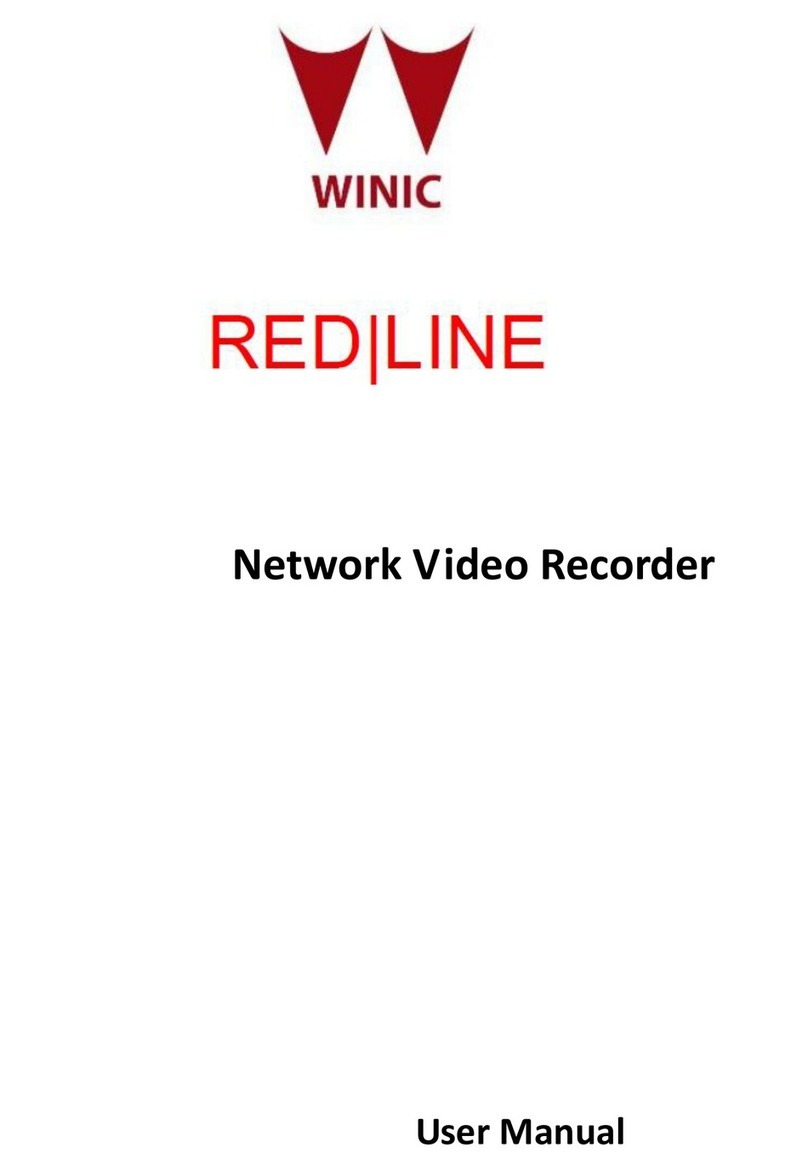
Model 5010-GPS II GPS Timecode Master Manual
TABLE OF CONTENTS Revision 1.2.3 ii
3. OPERATING INSTRUCTIONS....................................................................................................3-1
3.1. FRONT PANEL OVERVIEW.......................................................................................................3-1
3.1.1. Overview of the Pushbuttons........................................................................................3-2
3.1.2. Overview of the Shifted Key Functions.........................................................................3-3
3.1.3. Status Indicators ...........................................................................................................3-3
3.2. FRONT PANEL DISPLAY FUNCTIONS.....................................................................................3-4
3.2.1. Special Front Panel Indicators......................................................................................3-5
3.3. CHARACTER GENERATOR FUNCTIONS ................................................................................3-6
3.3.1. Selecting and Positioning the Individual Character Inserter Windows..........................3-6
3.3.2. Positioning the Overall Character Display.....................................................................3-6
3.3.3. Special VCG Indicators.................................................................................................3-6
3.3.4. Field Identification.........................................................................................................3-7
3.4. ON SCREEN PROGRAMMING MENU – OVERVIEW................................................................ 3-7
3.4.1. Engineering Setup Menu............................................................................................. 3-10
3.5. PROGRAMMING THE GENERATOR SETUP FUNCTIONS....................................................3-12
3.5.1. Configuring the Generator Operating Modes..............................................................3-13
3.5.2. Configuring the Date Format.......................................................................................3-15
3.5.3. Configuring Whether the Generator will Output Local Time
or UTC Time in Time/Date Modes...............................................................................3-15
3.5.4. Setting the Generator Time.........................................................................................3-16
3.5.5. Setting the Generator User Bits..................................................................................3-17
3.5.6. Setting the Generator User Bits in Date Format .........................................................3-17
3.5.7. Daylight Saving Time Support.....................................................................................3-19
3.5.7.1. Setting the Beginning and End of Daylight Saving Time..............................3-20
3.5.8. Jam Syncing the Generator to the Reader..................................................................3-21
3.5.9. Selecting the Lines to Record VITC On. (model 5010-GPS II-VITC only) ..................3-23
3.5.10. Turning the VITC Generator On (model 5010-GPS II-VITC only)...............................3-24
3.5.11. Selecting the Generator Drop Frame Mode (NTSC only) ...........................................3-24
3.5.12. Selecting the Generator Colour Frame Mode .............................................................3-25
3.5.13. Generator Parity Mode Selection................................................................................3-26
3.5.14. Configuring how the Continuous Jam Mode Works when there is no Reader Code ..3-26
3.6. PROGRAMMING THE READER SETUP FUNCTIONS............................................................ 3-28
3.6.1. Selecting the Reader Hardware Configuration............................................................3-28
3.6.2. Selecting the Format of the Time and User Bit Data...................................................3-29
3.6.3. Setting The VITC Reader Line Range (model 5010-GPS II-VITC only)......................3-29
3.6.4. Selecting the VITC CRC (model 5010-GPS II-VITC only)...........................................3-29
3.6.5. Controlling the Reader ‘Look ahead’ Compensation................................................... 3-30
3.6.6. Configuring Whether the Reader will Display Local Time
or UTC Time in the Time/Date Mode ..........................................................................3-30
3.7. PROGRAMMING THE CHARACTER GENERATOR FUNCTIONS.........................................3-31
3.7.1. Selecting the Character Size.......................................................................................3-31
3.7.2. Selecting the Character Style...................................................................................... 3-32
3.7.3. Blanking the Frames Display ......................................................................................3-32
3.7.4. Blanking the Fields Display.........................................................................................3-32
3.7.5. Blanking the Window Symbols....................................................................................3-32

